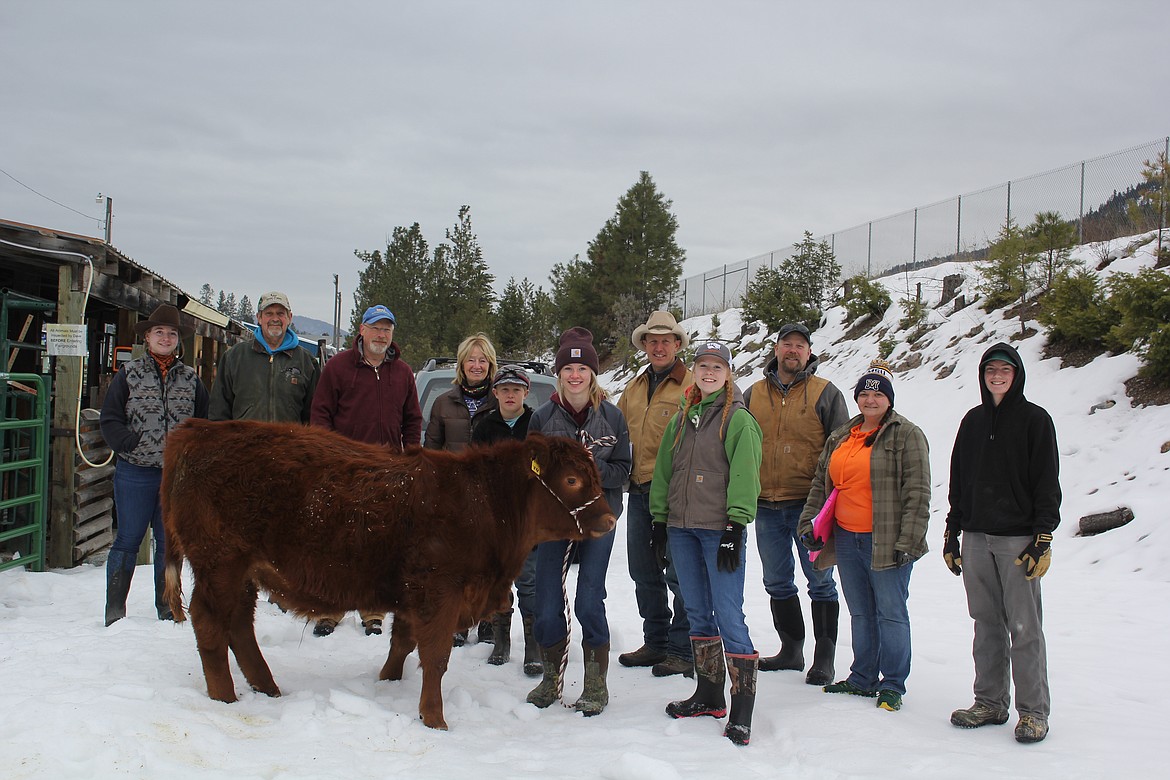Mineral County holds 4-H beef weigh-In
Another sign that spring is close, the 4-H beef was weighed and measured at the Mineral County Fairgrounds last Sunday. There will be five cattle sold at the 4-H sale on Saturday, Aug. 5 along with lambs and pigs which have yet to be weighed...
Become a Subscriber!
You have read all of your free articles this month. Select a plan below to start your subscription today.
Already a subscriber? Login





